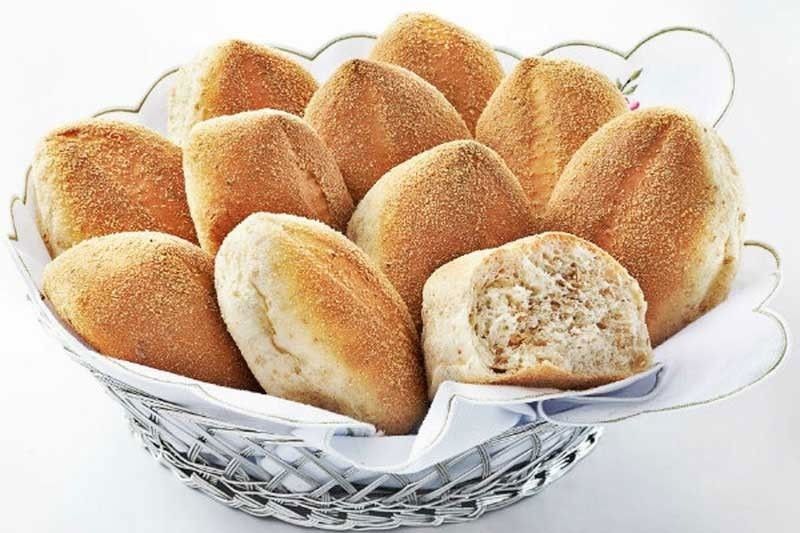Wheat imports seen to rise on higher bread demand

MANILA, Philippines — It’s a quarter before seven in the morning. A queue starts to form in front of RJS bakery in Barangay Barangka Drive in Mandaluyong City.
The scent of the freshly baked pandesal stretches far longer than the line of people waiting for their breakfast rolls along Busilak Street.
A man orders P30 of “tostado” while another customer requests for P50 of “puti.” The former being a bread roll toasted all the way around akin to coffee gradients while the latter contrasting it: a softer, fluffier and white on the surface variant of pandesal.
Each customer seeks different varieties of the bread, from “medyo puti,” “puti” to “katamtaman” and “tostado.”
The lowly pandesal – a staple in Filipino breakfast, usually partnered with freshly brewed coffee – together with other bread products are seen to drive the country’s wheat imports in the current market year 2024-2025 as domestic consumption recovers.
The United States Department of Agriculture-Foreign Agricultural Service (USDA-FAS) in Manila projected that the country would have higher demand for wheat-based products as bread inflation continues to slow.
The downward trend on global wheat prices would also provide support to the country’s demand for the grain, the USDA-FAS Manila added.
“FSI (food, seed and industrial) consumption is forecast to increase as inflation for bread has slowed,” the USDA-FAS Manila said in its Grain and Feed Annual report published recently.
The country’s bread and bakery products inflation sustained its downward trend in February as it settled at 5.2 percent, the slowest rate in 21 months, based on historical Philippine Statistics Authority (PSA) data.
The USDA-FAS Manila forecasted that the country’s milling wheat demand in the next market year 2024-2025 would reach 3.2 million metric tons, 100,000 metric tons over the 3.1 million metric tons estimated consumption in the present market year.
The country’s market year (MY) for wheat starts in July and ends in June of the following year.
The projected demand for milling wheat, which is used to produce flour, is more than half of the 5.83 million metric tons of total wheat requirement of the country.
The remaining demand of 2.63 million metric tons would come from feed wheat, which is used to substitute for corn as poultry feed material.
The country’s total wheat imports in the upcoming market year is estimated at 5.9 million metric tons, up from the present market year’s 5.8 million metric tons.
“FAS Manila estimates wheat imports for MY 2024/25 to be higher compared to the previous marketing year as global wheat prices are trending downward,” the USDA-FAS Manila said.
“While an increase is forecast for milling wheat imports, feed wheat imports will not gain market share while competing with favorable corn tariff rate through Dec. 31, 2024,” it added.
The Philippines virtually imports all of its milling wheat requirements, which are categorized by the flour milling industry into hard and soft wheat, according to the report.
Hard wheat is used to produce pandesal, tasty bread and other bread products while soft wheat is used in pastry products, cakes as well as in noodles and crackers.
Milling wheat imports are exempted from tariff but are subject to the 12 percent value added tax on subsequent flour sales that is payable at the time the wheat is imported, according to USDA-FAS in Manila.
- Latest
- Trending




























